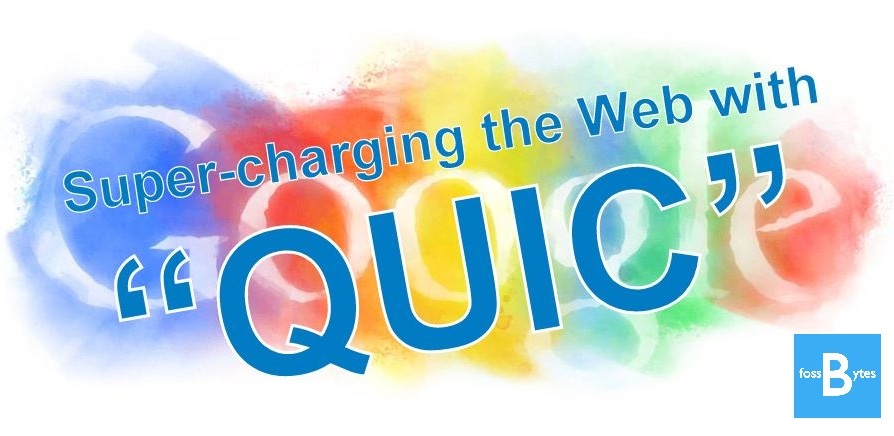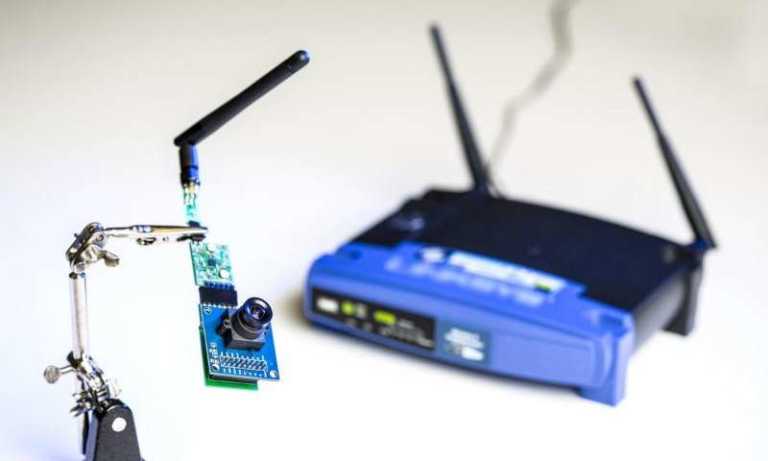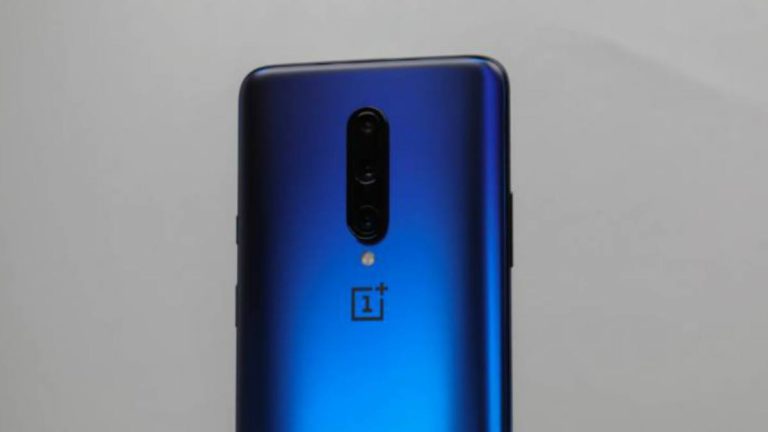Google Speeding Up the Web with “QUIC”, Already Tested It On You


Today Google formally announced its plans to propose its homegrown QUIC networking protocol to the IETF standard body so that it could become a part of the next-gen modern internet. The search engine giant has been developing QUIC since 2013 after making SPDY the base for the IEFT’s HTTP/2 standard. In its blog, Google writes that over the past few months, it has been directing the traffic over QUIC and analyzing the performance. The results of this test are pretty positive and indicate a real enhancement in performance over TCP.
What is QUIC?
QUIC – Quick UDP Internet Connections – pronounced as quick – is a Google-developed transport layer. QUIC supports a set of multiplexed connections between two ends over UDP (User Datagram Protocol) with security standards likes TLS/SSL.
Google has gone for the development of QUIC to improve the network performance by decreasing the number of round trips. This is difficult with the current Transmission Control Protocol (TCP). The major highlights of QUIC are as follows:
1. High security just like TLS/SSL
2. Fast connectivity like TLS Snapstart combined with TCP Fast Open
3. UDP transport and thereby avoiding TCP head-to-line block
4. Pluggable congestion control mechanism
5. Reduced packet loss with packet pacing
6. Reduced retransmission latency with packet error correction
Currently, QUIC handles about half of the Chrome requests to Google servers. Google is slowly increasing QUIC traffic and plans to make it the default transport medium.
According to Google, when QUIC is used, Google search loads the Google Search page one second faster even for the slowest 1% connections. Also, YouTube users report 30% lesser rebuffers.
Google says in its Chromium blog: “We plan to formally propose QUIC to the IETF as an Internet standard but we have some housekeeping to do first, like changing the wire format and updating our reference implementation from SPDY-over-QUIC to HTTP2-over-QUIC. In the coming months, we also plan to work on lowering handshake overhead to allow better server-side scalability, improving forward error correction and congestion control, and adding support for multipath connections.”
Google aims to supercharge the web with QUIC and we’ll have to wait for the reactions of the IETF and other internet players. Meanwhile, grab the source code below and try it out.
QUIC Source Code
Are you optimistic about the QUIC protocol? Tell us in comments below!
Related:
Google Chrome Saying Goodbye to SPDY, Speeding Up With Newer HTTP/2






